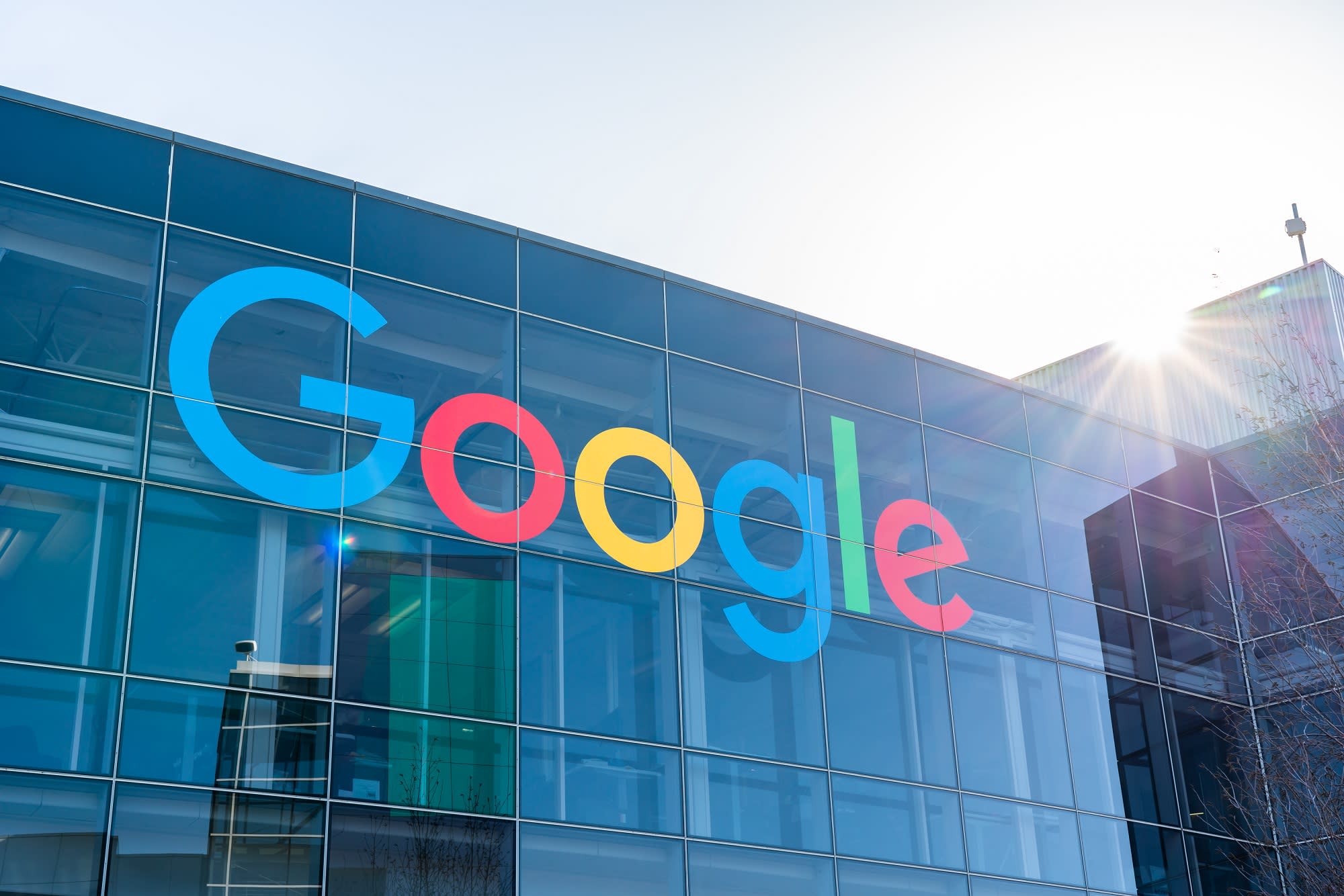
Google has delayed its return-to-office yet again, this time pushing its Jan. 10 full reopening further into 2022, according to a memo sent by the company’s vice president of security Chris Rackow, CNBC reports.
Unlike previous announcements, the company did not set a new return date and says it will wait until the new year to assess when U.S. offices can fully reopen (nearly 40% of U.S. Googlers reported on-site in recent weeks) and provide a “stable, long-term working environment.”
Google is making a “smart move” by not setting a firm new return date, Dr. Denis Nash, a professor of epidemiology at the CUNY Graduate School of Public Health, tells CNBC Make It. Giving employees a framework of when it will revisit the situation maximizes flexibility during “a crisis that often demands it of us,” Nash says, and it could be seen as a positive move by employees.
It’s likely more companies will follow Google’s move to delay reopening, especially in sectors where remote work is possible for many.
Omicron could make it ‘impossible’ to set office reopenings
Uncertainties around the risks of the omicron variant could make it “impossible for employers to set a new return date with any type of confidence,” says Bradford S. Bell, a Cornell professor in strategic human resources.
Indeed, many companies have already experienced “failed attempts” at bringing people back to offices during the pandemic.
“When they made the option available, relatively few employees actually started coming back into the office, and those that did soon headed back home because there was little reason to work in a largely empty office,” Bell says. “Companies want to make sure that when they pull the trigger again on [return-to-office] that they can entice a critical mass of employees to return and can sustain the engagement over time.”
A tight labor market complicates return-to-office, too
The tight labor market, where employers across many sectors are desperate to hire workers, could also complicate return plans, Bell says.
Employers have to be wary of pulling a “bait and switch” on people they’re trying to hire now. Hiring employees under the expectation they can work flexibly, only to decide later on that everyone must return to office full-time, will lead to another wave of attrition.
“Companies should be upfront with candidates about their long-term vision for the future of work,” Bell says.
Employers should communicate plans, even if open-ended
Google previously said will bring employees back to offices on a hybrid schedule of being in-person three days a week. After it lands on a reopening date, the company will give full-time employees a 30-day window to transition into their new arrangement.
Rackow’s email also encourages workers to return “where conditions allow, to reconnect with colleagues in person and start regaining the muscle memory of being in the office more regularly.”
Organizations can take Google’s lead and make sure they’re communicating their workplace return and safety efforts in response to worker concerns around the omicron variant, says Kate Lister, president of the research and consulting firm Global Workplace Analytics.
“The worst thing an organization can do is to say nothing,” Lister says. “Even if they don’t know what their strategy or timeframe for return will be, they need to let people know they are thinking about it, troubling over it, and ensure them that they will have time to plan.”
Employees will ultimately decide by pushing back on return requirements or looking for work elsewhere, Lister adds: “If they don’t feel safe, they won’t come, as we’ve already seen in some of the early return-to-office mandates.”
Check out:
How the omicron variant could impact return-to-office plans
For many workers, the return to offices has become ‘The Great Wait.’ It’s costing employers millions
These 3 omicron questions can help you keep or cancel your holiday travel plans
Sign up now: Get smarter about your money and career with our weekly newsletter




